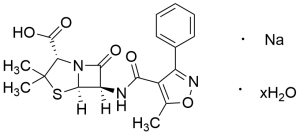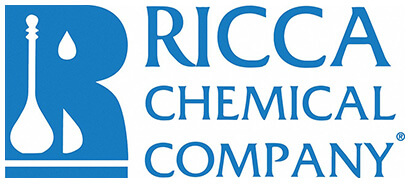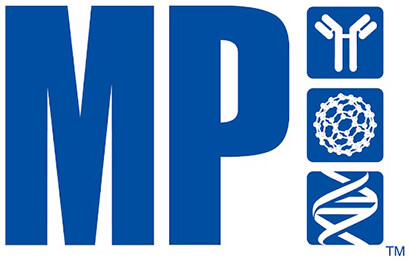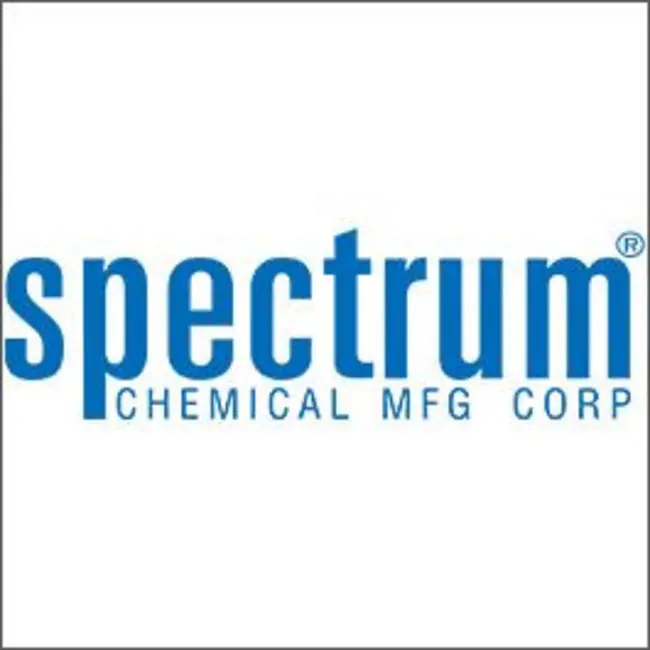Ambient
Showing 119001–119050 of 146479 results
-
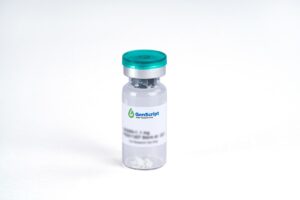
OSM, Mouse(HEK 293-expressed)
$2,018.25 Add to cart View Product DetailsOncostatin M (OSM) is a multifunctional cytokine, and belongs to Interleukin-6 (IL-6) subfamily, which also includes IL-11, leukemia inhibitory factor (LIF), ciliary neurotropic factor, cardiotrophin-1, and novel neurotropin-1. In vivo, OSM is secreted from activated T cells, monocytes, neutrophils, and endothelial cells. OSM is related to LIF, and shares a receptor with LIF in human. Human OSM can bind to gp130 and recruit OSM Receptor β or LIF Receptor β to form a ternary complex. OSM stimulates the growth of different types of cells, including megakaryocytes, fibroblasts, vascular endothelial cells, and T cells. OSM inhibits the proliferation of several cancer cell lines, such as solid tissue tumor cells, lung cancer cells, melanoma cells, and breast cancer cells.
-
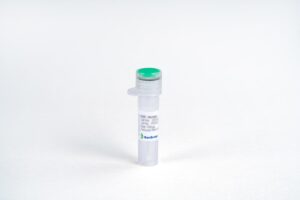
OSM, Mouse(HEK 293-expressed)
$86.25 Add to cart View Product DetailsOncostatin M (OSM) is a multifunctional cytokine, and belongs to Interleukin-6 (IL-6) subfamily, which also includes IL-11, leukemia inhibitory factor (LIF), ciliary neurotropic factor, cardiotrophin-1, and novel neurotropin-1. In vivo, OSM is secreted from activated T cells, monocytes, neutrophils, and endothelial cells. OSM is related to LIF, and shares a receptor with LIF in human. Human OSM can bind to gp130 and recruit OSM Receptor β or LIF Receptor β to form a ternary complex. OSM stimulates the growth of different types of cells, including megakaryocytes, fibroblasts, vascular endothelial cells, and T cells. OSM inhibits the proliferation of several cancer cell lines, such as solid tissue tumor cells, lung cancer cells, melanoma cells, and breast cancer cells.
-

OSM, Mouse(HEK 293-expressed)
$271.69 Add to cart View Product DetailsOncostatin M (OSM) is a multifunctional cytokine, and belongs to Interleukin-6 (IL-6) subfamily, which also includes IL-11, leukemia inhibitory factor (LIF), ciliary neurotropic factor, cardiotrophin-1, and novel neurotropin-1. In vivo, OSM is secreted from activated T cells, monocytes, neutrophils, and endothelial cells. OSM is related to LIF, and shares a receptor with LIF in human. Human OSM can bind to gp130 and recruit OSM Receptor β or LIF Receptor β to form a ternary complex. OSM stimulates the growth of different types of cells, including megakaryocytes, fibroblasts, vascular endothelial cells, and T cells. OSM inhibits the proliferation of several cancer cell lines, such as solid tissue tumor cells, lung cancer cells, melanoma cells, and breast cancer cells.
-
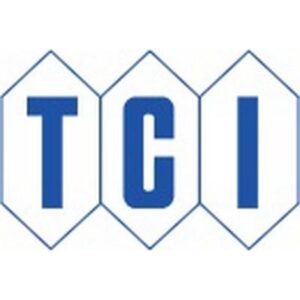
Osmium Tetroxide, (4 Percent in Water)
$153.90 Add to cart View Product DetailsOsmium Tetroxide, (4 Percent in Water)
-

Osmundacetone
$555.45 Add to cart View Product DetailsMolecular Formula : C10H10O3
-

Ospemifene
$90.56 Add to cart View Product DetailsMolecular Formula : C24 H23 Cl O2
-

Ospemifene
$166.46 Add to cart View Product DetailsMolecular Formula : C24 H23 Cl O2
-

Ospemifene
$248.40 Add to cart View Product DetailsMolecular Formula : C24 H23 Cl O2
-

Ospemifene-d4
$253.58 Add to cart View Product DetailsMolecular Formula : C24 D4 H19 Cl O2
-

Ospemifene-d4
$1,205.78 Add to cart View Product DetailsMolecular Formula : C24 D4 H19 Cl O2
-

Osthole
$49.16 Add to cart View Product DetailsMolecular Formula : C15 H16 O3
-

Osthole
$108.68 Add to cart View Product DetailsMolecular Formula : C15 H16 O3
-

Ostreasterol
$243.23 Add to cart View Product DetailsMolecular Formula : C28 H46 O
-

Ostreasterol
$1,048.80 Add to cart View Product DetailsMolecular Formula : C28 H46 O
-

Ostreasterol
$4,092.56 Add to cart View Product DetailsMolecular Formula : C28 H46 O
-

Ostruthin Imperatorin
$61.24 Add to cart View Product DetailsMolecular Formula : C19H22O3
-

Ostruthin Imperatorin
$83.66 Add to cart View Product DetailsMolecular Formula : C19H22O3
-

Ostruthin Imperatorin
$208.73 Add to cart View Product DetailsMolecular Formula : C19H22O3
-
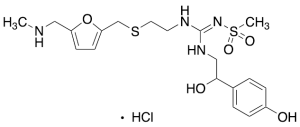
Osutidine Hydrochloride Salt
$1,621.50 Add to cart View Product DetailsMolecular Formula : C19H28N4O5S2 . HCl
-

Osutidine Hydrochloride Salt
$3,000.64 Add to cart View Product DetailsMolecular Formula : C19H28N4O5S2 . HCl
-
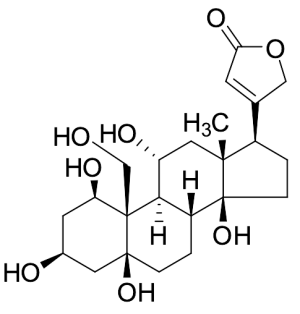
Ouabagenin
$176.81 Add to cart View Product DetailsMolecular Formula : C23 H34 O8
-

Ouabagenin
$802.13 Add to cart View Product DetailsMolecular Formula : C23 H34 O8
-

Ouabagenin
$1,146.26 Add to cart View Product DetailsMolecular Formula : C23 H34 O8
-

Ouabain
$51.75 Add to cart View Product DetailsMolecular Formula : C29 H44 O12
-

Ouabain
$98.33 Add to cart View Product DetailsMolecular Formula : C29 H44 O12
-

Ouabain
$147.49 Add to cart View Product DetailsMolecular Formula : C29 H44 O12
-
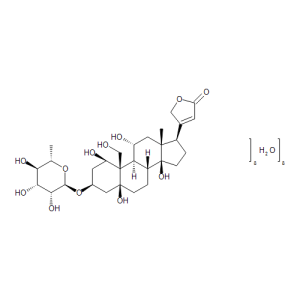
Ouabain Octahydrate
$138.86 Add to cart View Product DetailsMolecular Formula : C29 H44 O12 . 8 H2 O
-

Ouabain-d3 (Major)
$236.33 Add to cart View Product DetailsMolecular Formula : C29H41D3O12
-

Ouabain-d3 (Major)
$1,806.08 Add to cart View Product DetailsMolecular Formula : C29H41D3O12
-
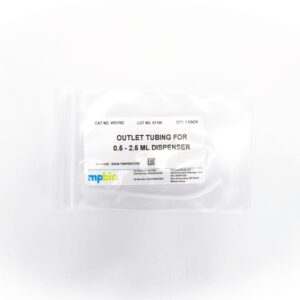
Outlet Tubing 0.5 – 2.5M Dispenser
$13.13 Add to cart View Product DetailsOutlet Tubing 0.5 – 2.5M Dispenser
-
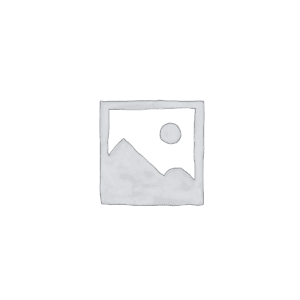
OX40 Fc Chimera, Mouse
$1,035.00 Add to cart View Product DetailsOX40 (TNFRSF4, CD134) is a member of the tumor necrosis factor (TNF) receptor superfamily that regulates T cell activity and immune responses. The OX40 protein contains four cysteine rich domains, a transmembrane domain, and a cytoplasmic tail containing a QEE motif. OX40 is primarily expressed on activated CD4+ and CD8+ T-cells, while the OX40 ligand (OX40L, TNFSF4, CD252) is predominantly expressed on activated antigen presenting cells. The engagement of OX40 with OX40L leads to the recruitment of TNF receptor-associated factors (TRAFs) and results in the formation of a TCR-independent signaling complex. One component of this complex, PKCθ, activates the NF-κB pathway. OX40 signaling through Akt can also enhance TCR signaling directly. Research studies indicate that the OX40L-OX40 pathway is associated with inflammation and autoimmune diseases. Additional research studies show that OX40 agonists augment anti-tumor immunity in several cancer types.
-

OX40 Fc Chimera, Mouse
$172.50 Add to cart View Product DetailsOX40 (TNFRSF4, CD134) is a member of the tumor necrosis factor (TNF) receptor superfamily that regulates T cell activity and immune responses. The OX40 protein contains four cysteine rich domains, a transmembrane domain, and a cytoplasmic tail containing a QEE motif. OX40 is primarily expressed on activated CD4+ and CD8+ T-cells, while the OX40 ligand (OX40L, TNFSF4, CD252) is predominantly expressed on activated antigen presenting cells. The engagement of OX40 with OX40L leads to the recruitment of TNF receptor-associated factors (TRAFs) and results in the formation of a TCR-independent signaling complex. One component of this complex, PKCθ, activates the NF-κB pathway. OX40 signaling through Akt can also enhance TCR signaling directly. Research studies indicate that the OX40L-OX40 pathway is associated with inflammation and autoimmune diseases. Additional research studies show that OX40 agonists augment anti-tumor immunity in several cancer types.
-

OX40/TNFRSF4, His, Human
$1,035.00 Add to cart View Product DetailsOX40 is a T cell co-stimulatory molecule of the TNF receptor superfamily that coordinates with other co-stimulators (CD28, CD40, CD30, CD27 and 4-1BB) to manage the activation of the immune response. Tumor necrosis factor ligand superfamily member 4 (TNFSF4) is also known as glycoprotein Gp34, OX40 ligand (OX40L), TAX transcriptionally-activated glycoprotein 1 and CD252, which belongs to the tumor necrosis factor family. TNFSF4 is the ligand for CD134 and is expressed on cells such as DC2s (a subtype of dendritic cells) enabling amplification of Th2 cell differentiation. OX40 is constitutively expressed on Tregs and enhances the sensitivity of Tregs to IL-2, thus promoting Treg proliferation. OX40 has also shown to decrease the cells’ immunosuppressive activity on effector T cells. OX40-OX40 Ligand signaling is involved in allergic airway inflammation, graft-versus-host disease and autoimmune disease.
-

OX40/TNFRSF4, His, Human
$215.63 Add to cart View Product DetailsOX40 is a T cell co-stimulatory molecule of the TNF receptor superfamily that coordinates with other co-stimulators (CD28, CD40, CD30, CD27 and 4-1BB) to manage the activation of the immune response. Tumor necrosis factor ligand superfamily member 4 (TNFSF4) is also known as glycoprotein Gp34, OX40 ligand (OX40L), TAX transcriptionally-activated glycoprotein 1 and CD252, which belongs to the tumor necrosis factor family. TNFSF4 is the ligand for CD134 and is expressed on cells such as DC2s (a subtype of dendritic cells) enabling amplification of Th2 cell differentiation. OX40 is constitutively expressed on Tregs and enhances the sensitivity of Tregs to IL-2, thus promoting Treg proliferation. OX40 has also shown to decrease the cells’ immunosuppressive activity on effector T cells. OX40-OX40 Ligand signaling is involved in allergic airway inflammation, graft-versus-host disease and autoimmune disease.
-

OX40L Trimer, His & Flag, Human
$301.88 Add to cart View Product DetailsTumor necrosis factor ligand superfamily member 4 (TNFSF4) is also known as glycoprotein Gp34, OX40 ligand (OX40L), which belongs to the tumor necrosis factor family. It is expressed on such cells as DC2s (a subtype of dendritic cells) enabling amplification of Th2 cell differentiation.
-
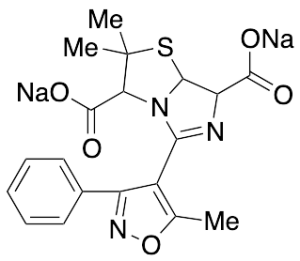
Oxacillin Penillic Acid Disodium Salt, 80% (Mixture of Diastereomers)
$176.81 Add to cart View Product DetailsMolecular Formula : C19 H17 N3 O5 S . 2 Na
-

Oxacillin Penillic Acid Disodium Salt, 80% (Mixture of Diastereomers)
$1,389.49 Add to cart View Product DetailsMolecular Formula : C19 H17 N3 O5 S . 2 Na
-

Oxacillin Sodium-d5 Salt
$286.35 Add to cart View Product DetailsMolecular Formula : C19 D5 H13 N3 O5 S . Na
-

Oxacillin Sodium-d5 Salt
$550.28 Add to cart View Product DetailsMolecular Formula : C19 D5 H13 N3 O5 S . Na
-

Oxacillin Sodium-d5 Salt
$1,209.23 Add to cart View Product DetailsMolecular Formula : C19 D5 H13 N3 O5 S . Na
-
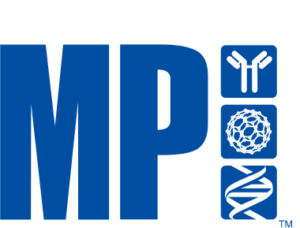
Oxacillin, sodium salt, phytopure
$47.69 Add to cart View Product DetailsCAS Number: 1173-88-2
-

Oxacillin, sodium salt, phytopure
$190.70 Add to cart View Product DetailsCAS Number: 1173-88-2
-
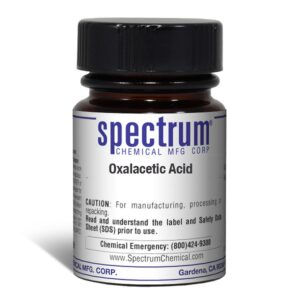
Oxalacetic Acid
$114.07 Add to cart View Product DetailsOxalacetic Acid


